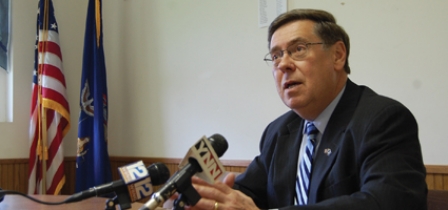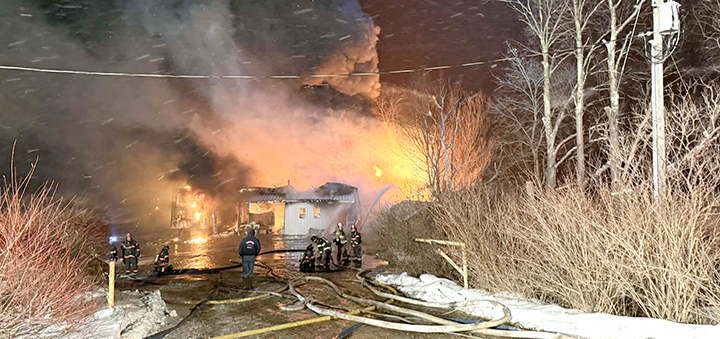Officials address long-term effects of April flooding
PLYMOUTH – Federal and state officials met with Sherburne and Plymouth leaders along with several residents Friday to discuss the damaged left by April flooding.
State Senator James Seward chaired the meeting at the Plymouth Town Hall, saying, “I’m a big believer in getting everybody in the same room and sitting at the same table.”
Seward, along with representatives from the Department of Environmental Conservation, the U.S. Fish and Wildlife Services, the Village of Sherburne, the Town of Plymouth and about a dozen local homeowners gathered Friday afternoon.
They discussed the possibility of obtaining state or federal aid, the causes of April’s flooding and its continuing effect on the area.
Officials are hoping the area receives a FEMA disaster declaration, which would help fund repairs. To be considered for aid, New York State must have an estimated total of $24 million in damages.
Village of Sherburne Mayor William Acee reported that for one of the first times ever, his municipality’s power utility and wastewater treatment facilities were at risk during heavy rainfall between April 26 and 28.
During that time, the mayor reported the Chenango River broke its banks and began carving a new channel across a field in the direction downtown Sherburne, putting a main transmission line in danger of collapse and coming near the power and water facilities.








Comments